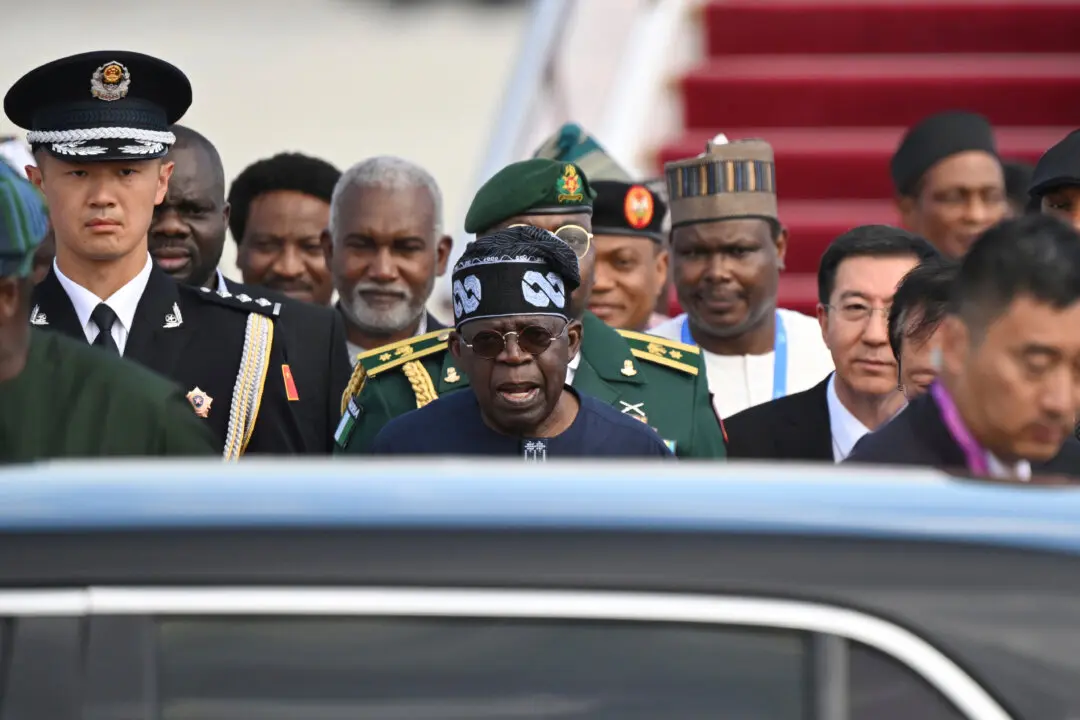WASHINGTON—The Trump administration has moved ahead with a surveillance drone sale to four U.S. allies in the South China Sea region as acting Defense Secretary Patrick Shanahan said Washington will no longer “tiptoe” around Chinese behavior in Asia.
The drones would afford greater intelligence gathering capabilities potentially curbing Chinese activity in the region.





